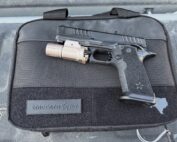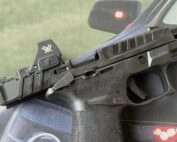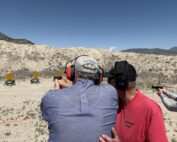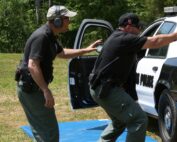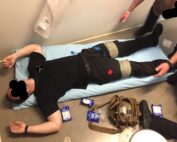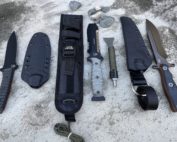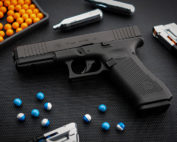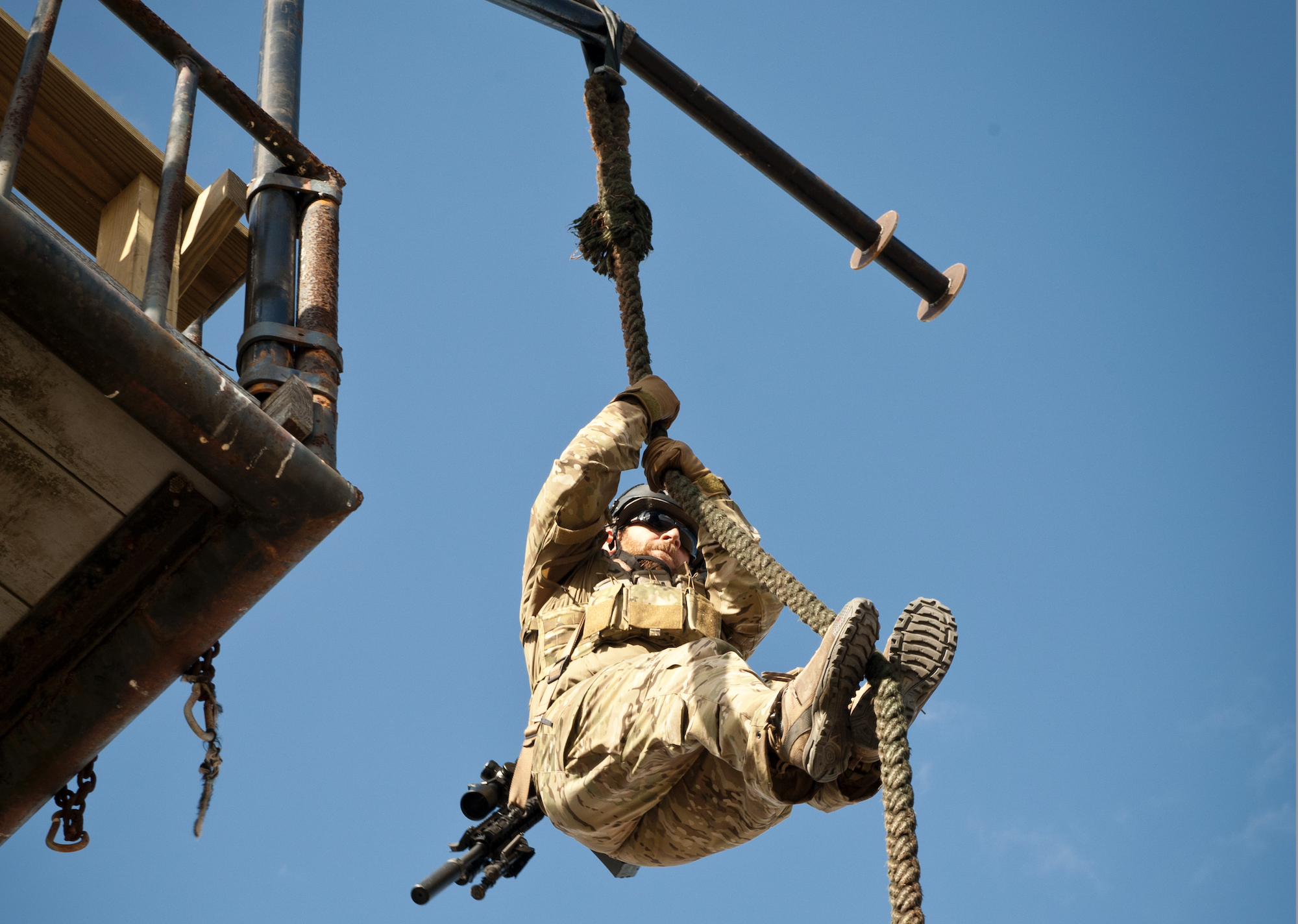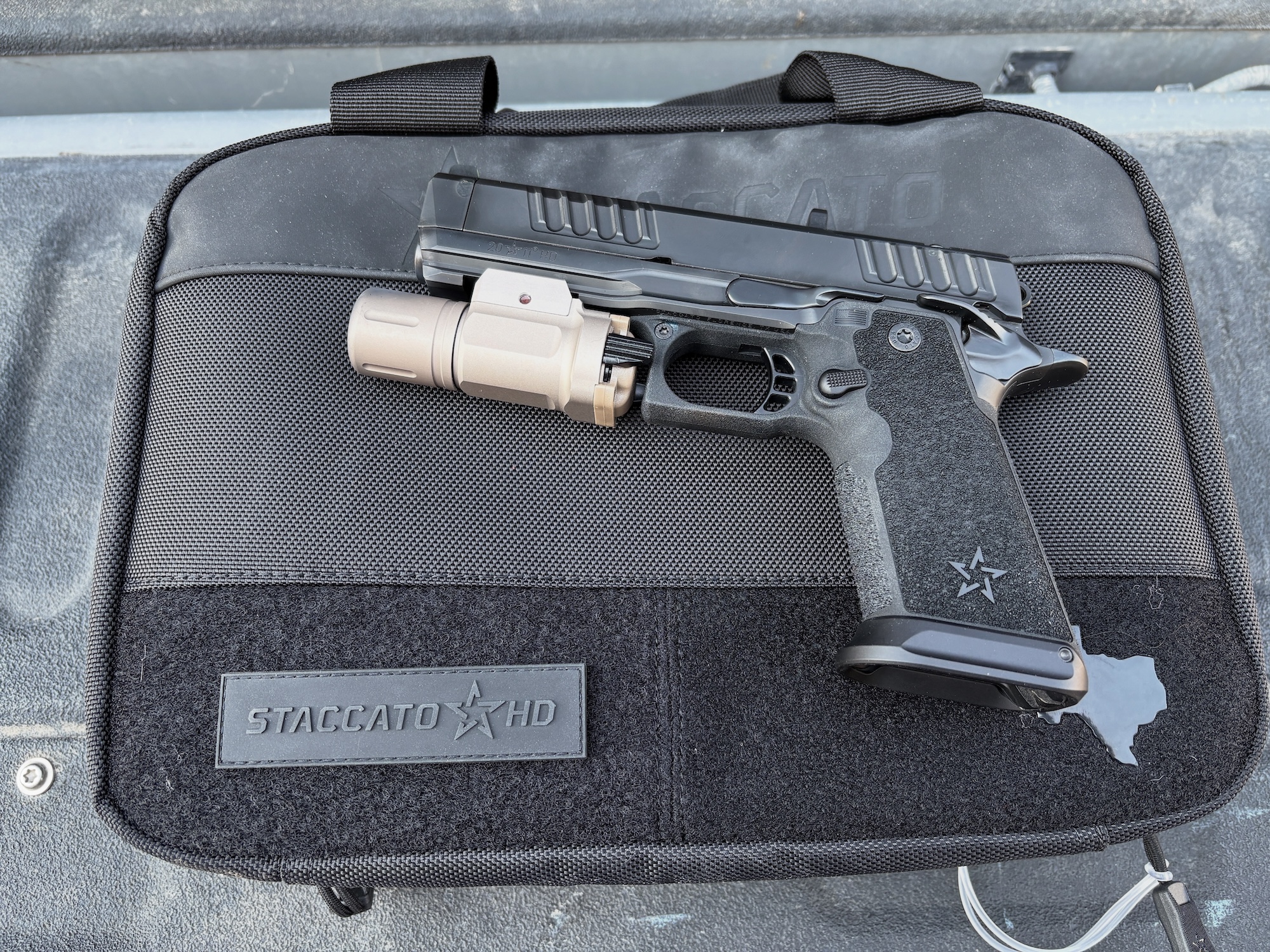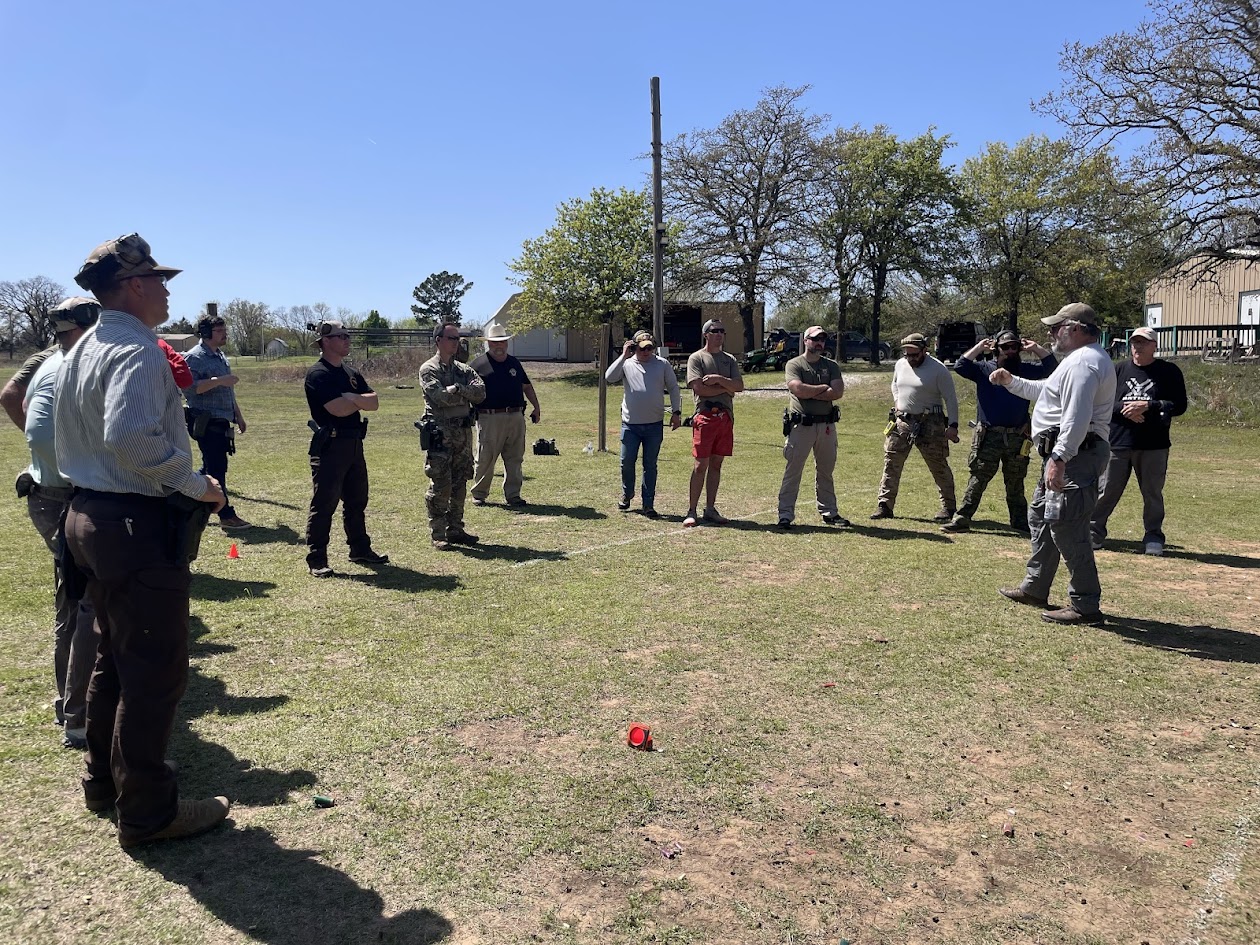
Shutterstock2024-09-02 at 9.39.27 PM
Courtesy of ShutterStock
As a trainer, I work with cops from a wide variety of agencies, and it’s always interesting to me when students from diverse backgrounds make the same mistakes in training. One example that I see a lot these days is failures to use non-passive, manually operated safeties (“manual safeties,” hereafter).
I frequently see cops struggle to fire weapons in training that have not been “Off-Safed,” just as I see them fail to place their weapons “On Safe” when they should. This is a serious problem. The failure to properly use manual safety has led to negligent discharges that have killed and injured innocents, or it prevented an officer from being able to make a necessary shot. Since either result could be catastrophic, it’s important to identify the training and policy deficiencies that promote these errors and fix them. (Editor’s note: Look at California’s first blue ribbon commission on SWAT and Stamps v Framingham, 1st Circuit, 15-1141).
Some suggestions on how to fix the problem:

Single Action auto pistols, like the 1911 or Staccato-series guns that are popular in some agencies, require close attention to managing the manual safety. The thumb should ride the safety lever as part of the master grip. Left-handed officers should be equipped with pistols that incorporate a duplicate safety lever on the right side of the gun.
Get More Reps Working the Safety
Cops do most of their firearm training with handguns. Since the majority of them don’t have manual safeties these days, there’s not much opportunity to develop proper manual safety habit patterns and consciousness. It’s only during their infrequent training with secondary weapons like rifles, shotguns, or less-lethal launchers that most cops handle a firearm equipped with a manual safety.
We need to give cops more experience with handling and operating these weapons to engrain the proper manual safety habits. This training doesn’t need to be live-fire–agencies can save considerable expense and trouble with a properly planned and supervised dry-fire program, and still net the most important benefits. In fact, a proper dry-fire program will greatly enhance whatever live-fire training is done.

AR-pattern rifles are designed to favor right-handed shooters, who should ride the safety with their thumb as part of their master grip. The addition of a right-side safety lever (a simple modification) will allow left-handed AR shooters to do the same.
Get a Grip
It’s critical to teach officers a proper “master grip” that will enable them to safely and efficiently operate the manual safety on their firearm. They should be taught to “ride the safety” with an appropriate thumb or finger while at the ready so they can quickly transition to firing the gun.
Officers should be taught to maintain a master grip on long guns carried on a tactical sling in front of the body. This will better control the gun and ensure the safety is not accidentally brushed off by the body, uniform, equipment, or objects in the environment.

Left-handed shooters can still operate the AR’s left-side manual safety very effectively with the thumb, but this sometimes requires a compromise in the firing grip. The left hand’s trigger finger can sometimes be used to sweep the safety to the Fire position as the finger moves towards the trigger, as well.
Primary Hand
The safety should only be worked with the primary hand, not the support hand. It’s common to see poorly-trained officers attempt to Off-Safe or On-Safe their firearm with the support hand, but this is a bad practice that should be avoided. In an operational environment, the support hand may be injured or occupied with other duties, and unavailable to work the safety. Furthermore, using the support hand to work the safety compromises the firing grip on the weapon, and leaves the officer less prepared to get the firearm back into the fight quickly.

Crossbolt safeties, like those on the popular Remington 870 and other popular shotguns, can be pushed Off with the trigger or middle finger for right-handers.
Watch the Trigger Finger
The manual safety should always be operated with the trigger finger off the trigger. When the decision is made to fire, the finger should be kept off the trigger until the safety is turned Off. Similarly, when the decision is made to cease firing and return to a state of readiness, the trigger finger should be removed from the trigger before the safety is turned On.
Be Specific
Officers must be taught exactly when to On / Off-Safe the firearm. At which point in the presentation, for example, should the manual safety be turned Off? Similarly, when should the safety be placed On for things like administrative loading and unloading, holstering, storing/racking, moving, or standing at the ready? As a general rule, when the firearm is not pointed at the intended target with the intent to fire, the safety should be on -“Off Target, On Safe; On Target, Off Safe.” Ensure that agency policies are specific about how/when to use the manual safety, and ensure all training complies with that policy.

Left-handed shooters may be able to reach under the receiver and push the 870 safety Off with their middle finger. Otherwise, the left thumb can push it Off, and the hand can then acquire a firing grip.
Emphasize Safety Consciousness
Training should emphasize the importance of running the safety in accordance with agency policy and tactical requirements. In order to develop proper habits and encourage automaticity, trainers must not permit students to be “lazy” with the manual safety during training. Officers should be expected to know, without looking, the condition of their manual safety at all times they are handling the firearm.

Left-handed shooters can push the 870 and similar shotgun safeties On with their trigger finger. Fire control groups can be modified for left-handers or replaced with left-handed OEM models.
We’ve definitely got some work to do in this area to ensure the safety of our officers and the public they protect and serve. The reward outweighs the effort, though, so let’s all do our part to fix this problem.
God bless you all and be safe out there.
*****
About the Author:
Mike Wood is a law enforcement trainer and an instructor with National Training Concepts. He’s the author of Newhall Shooting: A Tactical Analysis, the acclaimed study of the 1970 gunfight that shaped police training, equipment, and culture for generations. Mike also serves as the Senior Editor at RevolverGuy.com.


 (+5 rating, 5 votes)
(+5 rating, 5 votes)
